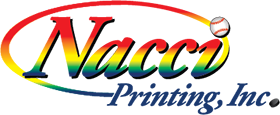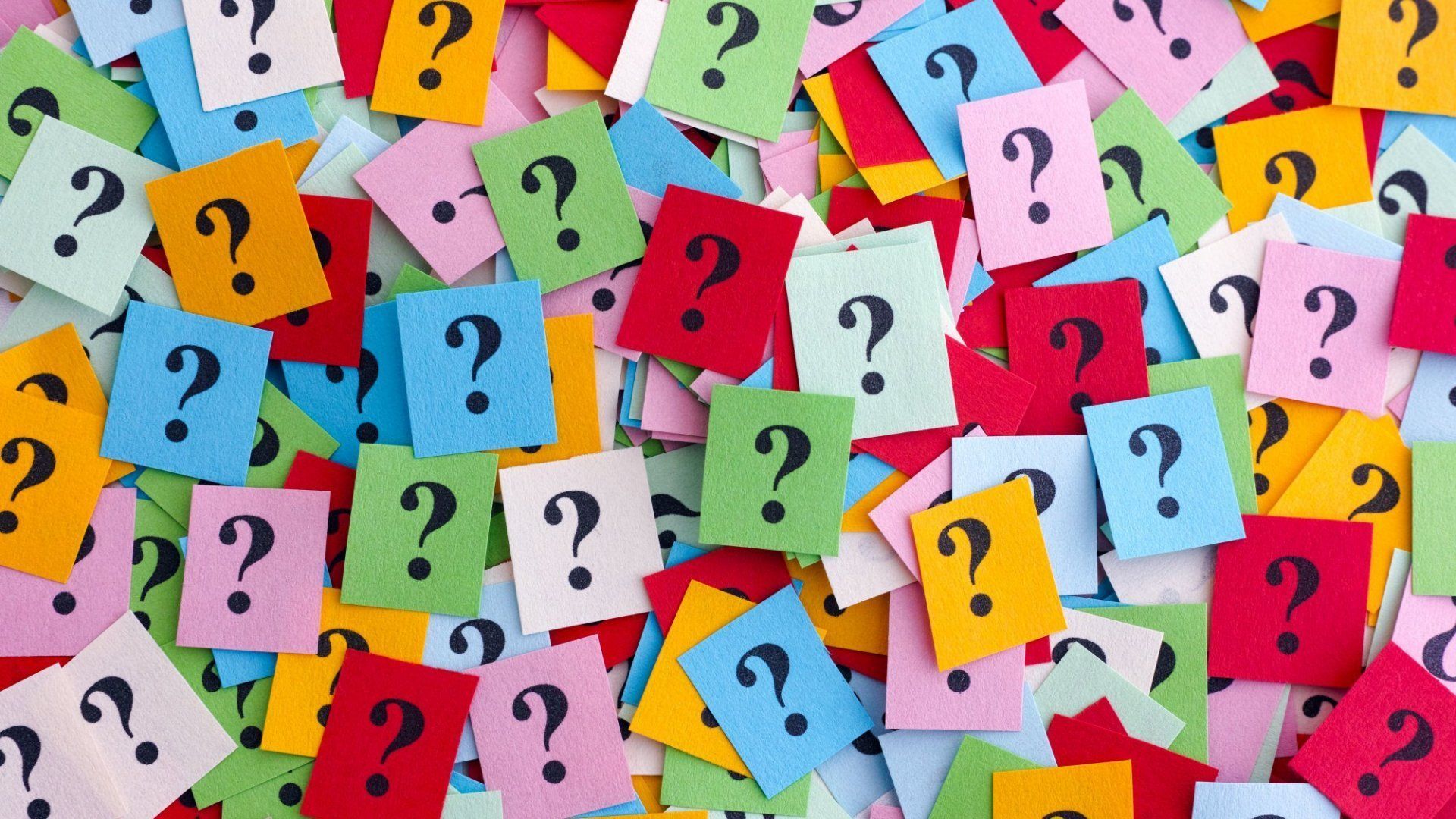FAQ's
- What type of products and services do you provide?
- How do I go about getting a quote from you?
- At what resolution should I save my photos and graphics?
- What file format should I use when submitting my electronic document for printing?
- What is bleed and why is it important?
- What is a proof and why is it important that I look at it?
- Why do the printed colors look different from the colors on my screen?
- What is variable data printing?
- What do I need to provide for variable data projects?
- What is the Pantone Matching System?
- Is white considered a printing color?
- Once I submit the documents, how long will it take to finish my job?
- Are you a “green” company?
-
What type of products and services do you provide?
We are a full service commercial print shop that offers a wide range of products and services. To see the full listing and descriptions of what we can offer you and/or your company, check out our Products and Services pages.
-
How do I go about getting a quote from you?
The best way to ensure that we get all the information necessary to accurately estimate your project, is to give us a call at (610) 434-1224, email us at sales@nacciprinting.com or submit our Request Quote form here on our website.
-
At what resolution should I save my photos and graphics?
Resolution should be set to 300 dpi.
Pictures and graphics pulled from the internet are often low resolution, typically 72 dpi or 96 dpi. Avoid these graphics, as they will appear pixilated and blocky when printed.
Also note that you should save all photos in CMYK mode, not RGB mode, when possible. Images saved in RGB mode may not print properly. If you are unable to save your image in CYMK mode, please let us know and one of our experts will be there to help.
-
What file format should I use when submitting my electronic document for printing?
A high resolution PDF (1 PDF, saved as single pages) is the preferred file format for submitting digital documents. Please make sure to add a 0.125" bleed around your entire artwork. This ensures that no white edge will show when being cut down.
If you have any questions regarding bleed or how to set up files correctly for printing, just give us a call at (610) 434-1224 and you can talk with any of our experienced graphic designers to set your mind at ease.
-
What is bleed and why is it important?
Bleed allows you to run artwork to the edge of a page. On a press, the artwork is printed on a large sheet of paper and then trimmed down to size.
For example, if you have designed a standard 3.5" x 2" business card with a red background covering the whole area, you will need to enlarge that red background to 3.75" x 2.25". This will ensure that there is no white edge when being trimmed down to the finished 3.5" x 2" size. -
What is a proof and why is it important that I look at it?
In printing terms, a proof is a one-off copy of your document after all modifications and printing setup processes have been completed. It is your last and best opportunity to make sure that the print job comes out the way you want. By carefully inspecting the proof, you can help us assure an accurate, flawless delivery of your print job on the first run.
-
Why do the printed colors look different from the colors on my screen?
In short, printers and monitors produce colors in different ways.
Monitors use the RGB (red, green, blue) color model, which usually supports a wider spectrum of colors. Printers use the CMYK (cyan, magenta, yellow, black) color model, which can reproduce most—but not all—of the colors in the RGB color model. Depending on the equipment used, CMYK generally matches 85–90% of the colors in the RGB model.
When a color is selected from the RGB model that is out of the range of the CMYK model, the application chooses what it thinks is the closest color that will match.
-
What is variable data printing?
Variable data printing is technology for printing documents so that each piece is personalized to the specific recipient. At the most basic level, this means personalizing a name and address. But for real impact, many projects include unique graphics and content that speaks directly to the recipient.
-
What do I need to provide for variable data projects?
For variable data, we require an Excel file with each name, address, etc. in its own column, along with headers. If you have any questions on how to set up your file correctly for variable data, please call us at (610) 434-1224 and one of our technicians will be more than happy to help.
-
What is the Pantone Matching System?
The Pantone Matching System (PMS) is a color reproduction standard in which colors all across the spectrum are each identified by a unique, independent number. The use of PMS allows us to precisely match colors and maintain color consistency throughout the printing process.
-
Is white considered a printing color?
Not typically. Because white is the default color of paper, it is simply recognized as the absence of any ink. However keep in mind, when printing on colored paper, anything in your design that is white, will show up as the colored paper (since white is recognized as the absence of ink).
-
Once I submit the documents, how long will it take to finish my job?
Each job is different and may take several days to complete depending on the complexity and size. We always strive to provide an accurate estimate of the turnaround time for each job we do, and we’ll always work with you to find ways to complete your project when you need it.
-
Are you a “green” company?
Absolutely! We here at Nacci Printing are proud in our role in preserving the environment and integrate numerous green practices into our daily operations. In addition to energy-efficient equipment and chemical-free technologies, we can perform many print jobs using recycled paper stock. If you would like to use recycled paper for your next print job, let us know. You’ll be pleased with the results and feel good about helping the environment, too.






